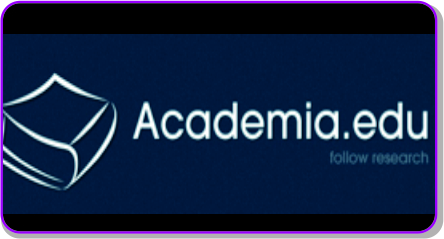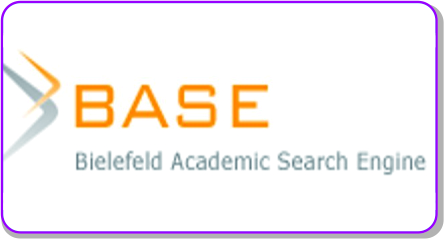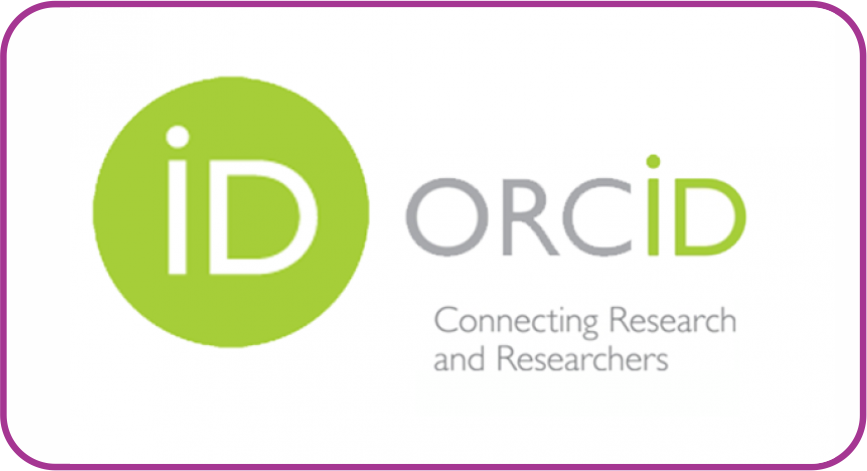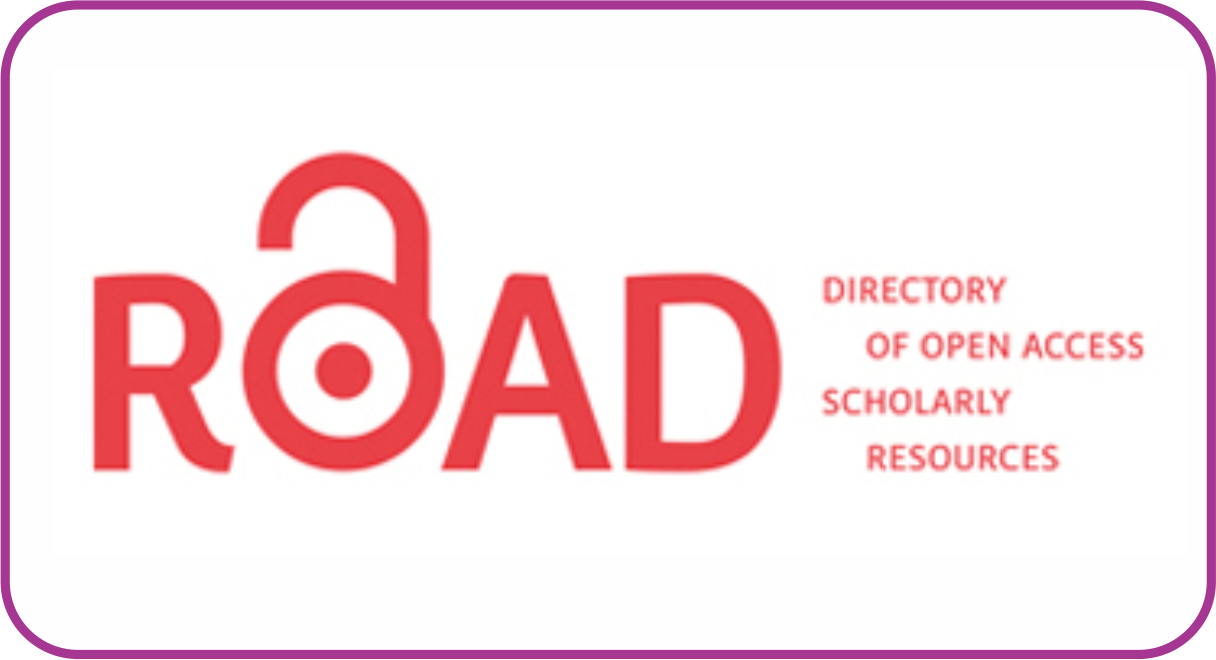Implementasi Pendekatan Contextual Teaching and Learning pada Pembelajaran Qur’an Hadits
DOI:
https://doi.org/10.30983/educative.v5i1.3181Keywords:
Learning, Qur’an Hadist, Contetextual Training and LearningAbstract
This article discusses the learning of the Qur'an with the approach of contextual teaching and learning. This research was conducted at the Islamic Junior High School Muhammadiyah Sejangkung Sambas Regency. The study focused on learning the Qur'anic Hadith. The aim of the research was to describe the contextual teaching and learning on: a) the implementation of the learning of the Qur'anic Hadith, b) the implications of learning the Qur'an Hadith, (c) the factors supporting and inhibiting the learning of the Hadith Qur'an. This research was designed with a qualitative approach. The subject of the research was the Hadith teacher and the students at the Islamic Junior High School Muhammadiyah. The results of the analysis show that the implementation of the learning of Qur'an Hadith with a contextual teaching and learning approach is achieved by conveying more actual, realistic, enjoyable material in the four forms of learning methods namely learning together, group discussion, Jigsaw, and peer teaching method. Implications of learning have a very positive impact on students, among others, students are more responsive to the material being delivered, the classroom atmosphere is more pleasant, the material being delivered is more actual, so that it can indirectly improve the quality of education in madrasah (Islamic junior high school). The supporting factors for the positive effects are as follows: (1) The ability of teachers, (2) the ability of students, (3) facilities and infrastructure; Â while the inhibiting factors in implementing this strategy are (1) the limitations of teachers, (2) the lack of facilities and infrastructure, and (3) the diverse psychological abilities and souls of students
Â
Artikel ini membahas tentang pembelajaran qur’an hadits dengan pendekatan contextual teaching and learning. Penelitian ini dilakukan di madrasah Tsanawiyah Muhammadiyah Sejangkung Kabupaten Sambas. Kajian difokuskan pada pembelajaran qur’an hadits. Penelitian bertujuan untuk menguraikan pembelajaran contextual teaching and learning pada: a) implementasi pembelajaran Qur’an Hadits, b) implikasi pembelajaran Qur’an Hadits, (c) faktor pendukung dan penghambat pembelajaran Qur’an Hadits. Penelitian ini didesain dengan pendekatan kualitatif. Subjek penelitian guru Qur’an Hadits dan siswa di madrasah Tsanawiyah Muhammadiyah Sejangkung. Hasil analisis menunjukkan bahwa implementasi pembelajaran qur’an hadits dengan pendekatan contextual teaching and learning terwujud dilakukan dengan cara menyampaikan materi yang lebih aktual, lebih realistis, lebih menyenangkan dalam empat bentuk metode pembelajaran yaitu metode belajar kelompok (learning together), metode diskusi kelompok (group discussion), metode Jigsaw dan metode tutor sebaya (peer teaching). Implikasi pembelajaran memberikan dampak yang sangat positif terhadap siswa antara lain siswa lebih mudah menerima materi yang disampaikan, suasana kelas lebih menyenangkan, materi yang disampaikan lebih aktual, sehingga secara tidak langsung) dapat meningkatkan mutu pendidikan di madrasah. Sedangkan faktor pendukung (1) Kemampuan guru, (2) Kemampuan siswa, (3). Sarana dan prasarana. Sedangkan faktor penghambat dalam penerapan Pendekatanini adalah: (1) Keterbatasan guru, (2), Sarana dan prasarana yang kurang memadahi, (3) Kemampuan dan jiwa psikologis siswa yang beragam
References
Alam, Masnur, ‘Penerapan Model Contextual Teaching and Learning (Ctl) Pada Pembelajaran Pai Di Man 1 Sungai Penuh’, Tarbawi : Jurnal Ilmu Pendidikan, 14.1 (2018), 77 <https://doi.org/10.32939/tarbawi.v14i1.258>
Andriati, Irna, Zulfani Sesmiarni, and Armanida Armanida, ‘Implementasi Pendekatan Scientific Pada Mata Pelajaran Pendidikan Agama Islam Di Sekolah Dasar’, Journal Educative: Journal of Educational Studies, 2.2 (2017), 145–54
Gunawan, Zaini, and Ainur Rahmah, ‘PENDEKATAN CONTEXTUAL TEACHING AND LEARNING DAN APLIKASINYA DALAM PEMBELAJARAN PAI DI SEKOLAH’, PEDAGOGIK: Jurnal Pendidikan, 6.2 (2019), 557–92
Hadiyanta, Nur, ‘Penerapan Model Pembelajaran Contextual Teaching and Learning (CTL) Untuk Meningkatkan Hasil Belajar PKn’, Jurnal Kependidikan: Penelitian Inovasi Pembelajaran, 43.1 (2013)
Panjaitan, Musepini Apriliani, and Mufti Sudibyo, ‘Perbandingan Hasil Belajar Siswa Yang Diajar Dengan Strategi Pembelajaran Contekstual Teaching Learning (CTL) Dengan Yang Diajar Dengan Strategi Pembelajaran Ekspositori Pada Materi Sistem Transportasi Darah SMP Swasta PAB 9 TP 2014/2015’, Jurnal Pelita Pendidikan, 3.4 (2015)
Widarti, Sri, Endah Peniati, and Priyantini Widiyaningrum, ‘Pembelajaran Gallery Walk Berpendekatan Contextual Teaching Learning Materi Sistem Pencernaan Di Sma’, Journal of Biology Education, 2.1 (2013)
Bogdan, R, and S K Biklen, Qualitative Research for Education: An Introduction to Theory and Methods (Allyn and Bacon, 1992) <https://books.google.co.id/books?id=1B4mAQAAIAAJ>
John M. Echols dan Hasan Syadily, Kamus Inggris Indonesia, Jakarta, Gramedia. (Jakarta: Gramedia, 2000)
Sugiyono, Metodologi Penelitian Pendidikan; Pendekatan Kuantitatif Kualitatif Dan R&D (Bandung: Alpabeta, 2009)
———, Menjadi Guru Profesional (Bandung: Remaja Rosda Karya, 2005)
Sanjaya, Wina, Pembelajaran Dalam Implementasi Kurikulum Berbasis Kompetensi (Kencana, 2006) <https://books.google.co.id/books?id=QL9hNwAACAAJ>
Suwito, Sejarah Sosial Pendidikan Islam (Kencana, 2005) <https://books.google.co.id/books?id=zsyCNAAACAAJ>
Usman, M U, Menjadi Guru Profesional (Remaja Rosdakarya, 1999) <https://books.google.co.id/books?id=enpZNwAACAAJ>
Mulyasa, E, Kurikulum Yang Disempurnakan, Pengembangan Standar Kompetensi Dan Kompetensi Dasar (Bandung: Remaja Rosda Karya, 2006)
Laila, Noor Alfu, ‘Pengaruh Pendekatan Ctl (Contextual Teaching and Learning) Terhadap Hasil Belajar Membaca Pemahaman Bahasa Indonesia Siswa Kelas Iv Sd’, Jurnal Cakrawala Pendidikan, 3.3 (2009) <https://doi.org/10.21831/cp.v3i3.301>
McMillian, J., and S. Schumacher, Research in Education: A Conceptual Introduction (4th Edition). ., Pearson Education Limited (Scott, Foresman, 1997) <https://books.google.co.id/books?id=7J7kAAAACAAJ>
Zayadi, Ahmad, and Abdul Majid, Pembelajaran Pendidikan, 2011
Wawancara
Wardi, (Guru Qur’an Hadist Madrasah Tsanawiyah Muhammadiyah Sejangkung) Wawancara, {Sunday, 12 Agustus 2019}
Hendra, (Kepala Sekolah Madrasah Tsanawiyah Muhammadiyah Sejangkung) Wawancara, {Sunday, 12 Agustus 2019}
Zainudin, (Guru PAI Madrasah Tsanawiyah Muhammadiyah Sejangkung) Wawancara, {Sunday, 12 Agustus 2019}
Downloads
Submitted
Accepted
Published
Issue
Section
License
Authors who publish with this journal agree to the following terms:
1. Authors retain copyright and grant the journal right of first publication with the work simultaneously licensed under a Creative Commons Attribution License that allows others to share the work with an acknowledgment of the work's authorship and initial publication in this journal.
2. Authors are able to enter into separate, additional contractual arrangements for the non-exclusive distribution of the journal's published version of the work (e.g., post it to an institutional repository or publish it in a book), with an acknowledgment of its initial publication in this journal.
3. Authors are permitted and encouraged to post their work online (e.g., in institutional repositories or on their website) prior to and during the submission process, as it can lead to productive exchanges, as well as earlier and greater citation of published work (See The Effect of Open Access).





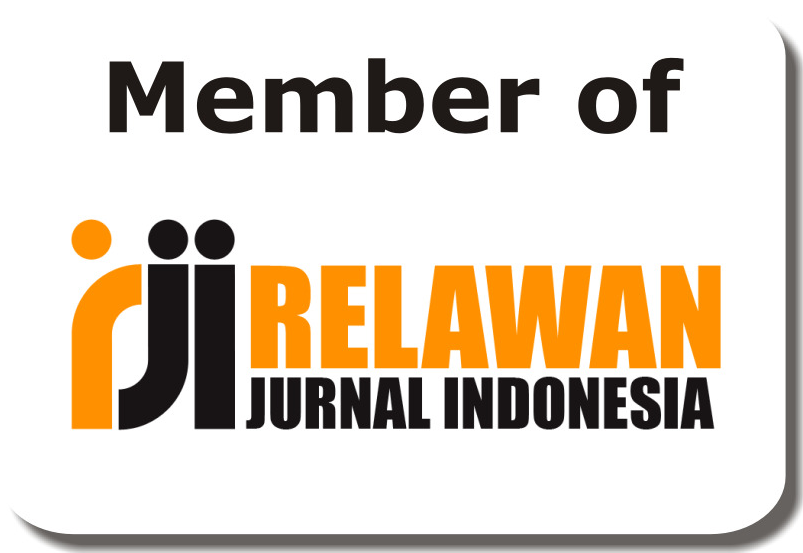
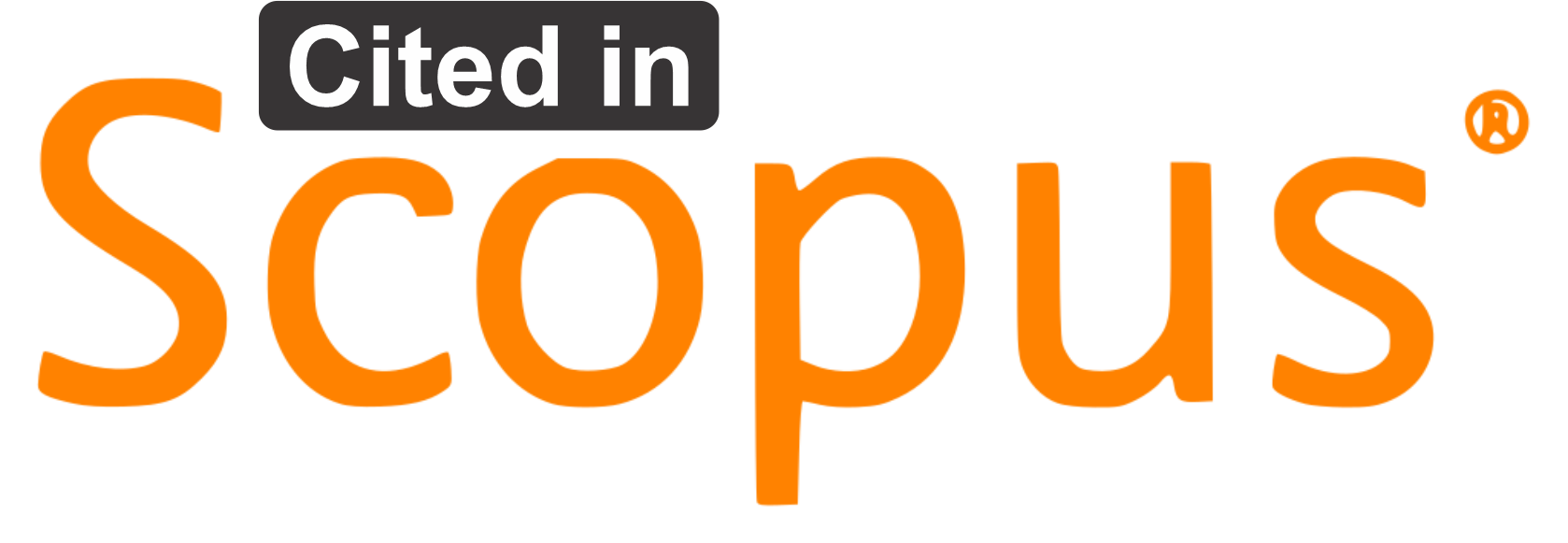

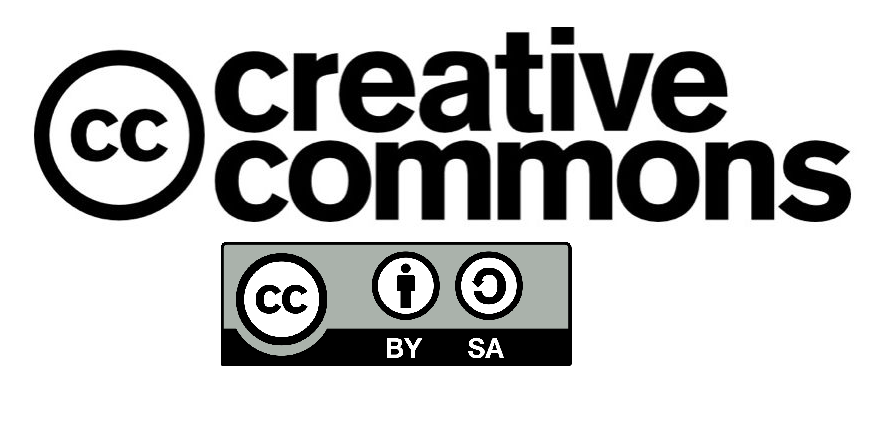
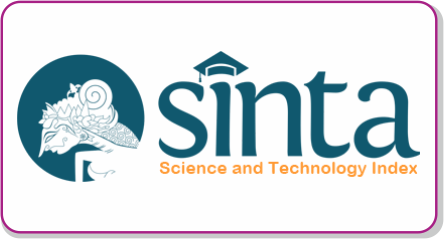
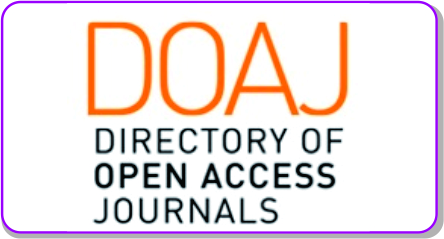


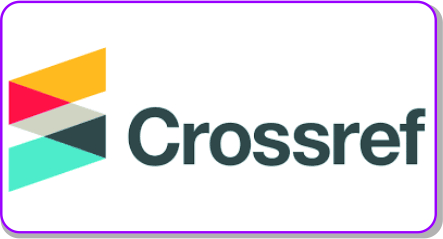


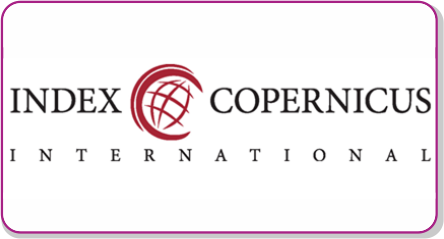

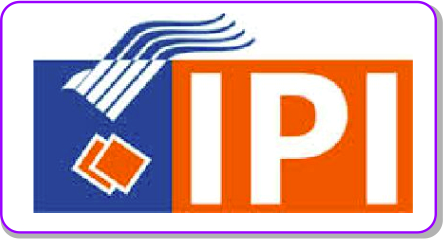 Â
 